You’ll discover that Bluetooth dive watches face significant underwater limitations, with water molecules absorbing 2.4 GHz signals and reducing range from 10 meters in air to mere centimeters when submerged. Top performers like the Shearwater Tern and Garmin Descent Mk3i compensate with features like sonar-based messaging, vibrating alerts, and 40-60 hour battery life. Prices range from $200-$1,400+, with the $400-$700 sweet spot offering ideal performance. Understanding these trade-offs will help you choose the right dive computer for your underwater adventures.
Bluetooth Range and Connectivity Limitations Underwater
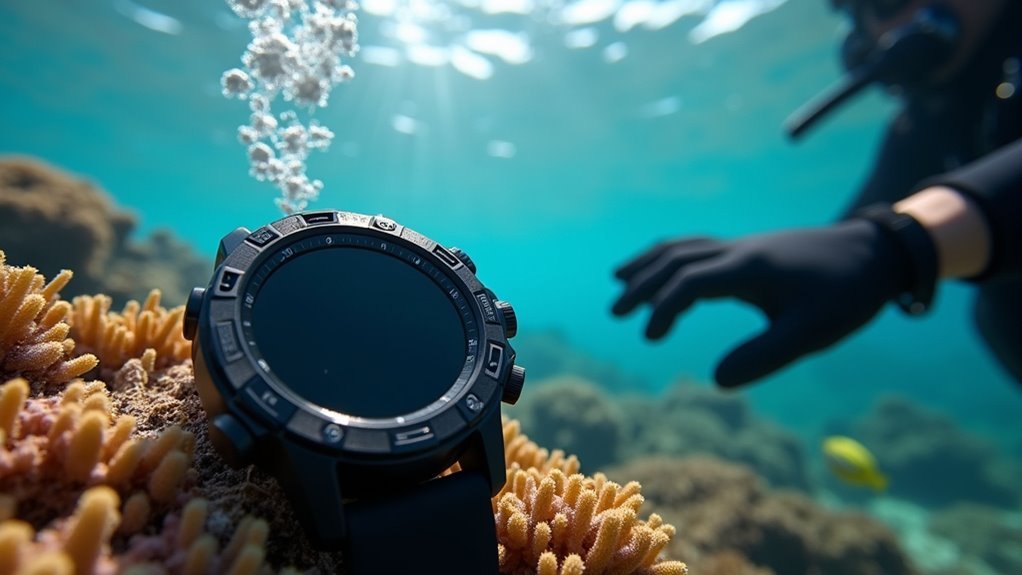
When you take your Bluetooth-enabled sports watch underwater, you’ll quickly discover that water molecules absorb the 2.4 GHz radio frequency signals that Bluetooth relies on, drastically reducing signal strength to nearly zero within just a few inches of submersion.
While your watch typically maintains a 10-meter range in air, underwater that distance shrinks to mere centimeters. Saltwater proves particularly problematic due to its conductivity, effectively disrupting radio wave transmissions.
You’ll experience frequent disconnects or complete signal loss during normal swimming strokes when your device fully submerges. This makes wireless streaming, remote controls, and live connectivity features fundamentally nonfunctional underwater, severely limiting your watch’s smart capabilities during diving activities. The short-range nature of Bluetooth technology inherently limits its effectiveness as distance between devices increases, making underwater performance particularly challenging.
Top Performing Dive Watches With Smart Features
Despite Bluetooth’s underwater limitations, several smart dive watches excel by combining traditional diving capabilities with intelligent features that function effectively in aquatic environments.
You’ll find the Shearwater Tern leading the pack with its high-resolution color display, wireless charging, and thorough dive modes including nitrox and freediving support. The Tern TX adds wireless air integration and digital compass functionality.
For traditional reliability, you can’t go wrong with the Nodus Sector Deep’s 500-meter water resistance and ergonomic design featuring the dependable Seiko NH35 movement.
These watches compensate for Bluetooth’s aquatic shortcomings through vibrating alerts, customizable displays, and intuitive four-button operations that guarantee you’re getting critical dive data when connectivity isn’t available. Many models feature sapphire crystal construction that provides superior scratch resistance and clarity compared to mineral glass alternatives.
Battery Life and Sensor Accuracy During Extended Dives
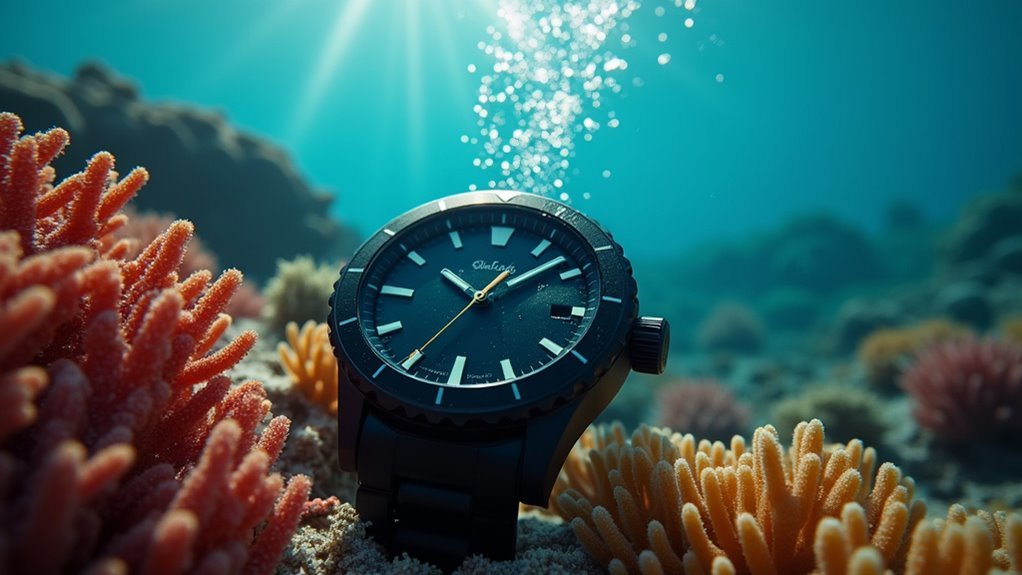
Although smart dive watches pack impressive features into compact designs, their performance during extended underwater expeditions relies on two critical factors: sustained battery life and unwavering sensor precision.
You’ll find models like the Suunto Ocean delivering 40-60 hours of dive time, supporting multiple daily dives without concern. Quick-charging capabilities mean you’re back underwater faster – the Aqualung i330R fully charges in just two hours from a wall outlet.
Sensor accuracy becomes paramount during extended sessions. Multi-band GPS technology guarantees precise surface positioning, while reliable depth sensors maintain accurate readings throughout your descent. Advanced models feature bright, colorful displays that enhance underwater visibility even in challenging lighting conditions.
You can optimize performance by adjusting screen brightness settings and utilizing tour modes during surface intervals. User-replaceable batteries, like those in the Oceanic GEO AIR, offer additional peace of mind for expedition diving.
Underwater Messaging and Data Transmission Capabilities
Beyond monitoring your depth and air supply, modern sports watches now enable you to communicate directly with your dive team underwater through sophisticated messaging systems.
Devices like Garmin’s Descent Mk3i use sonar-based “Subwave” technology to transmit preset messages up to 30 meters between compatible units. You’ll find this invaluable during low-visibility dives where hand signals fail.
Sonar-based communication technology transforms underwater diving by enabling clear messaging when traditional hand signals become impossible in murky conditions.
These systems rely on acoustic signals rather than Bluetooth, since radio waves don’t propagate underwater effectively. You can send basic messages like “Are you okay?” or access advanced apps offering 240+ preset options.
When paired with specialized transceivers like Garmin’s T2, you’ll also share real-time data including tank pressure and depth with up to eight team members simultaneously. The systems utilize GPS, accelerometer, gyroscope and other sensors to provide underwater tracking capabilities that create detailed dive profiles.
Price Vs Performance Analysis for Bluetooth-Enabled Dive Computers
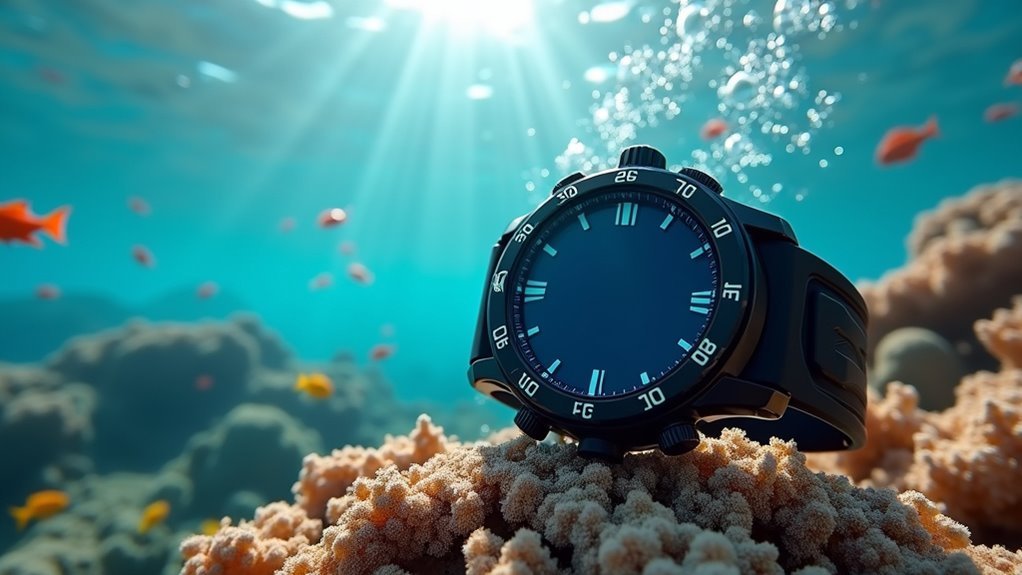
When you’re shopping for Bluetooth-enabled dive computers, you’ll find yourself maneuvering through a market where connectivity features command significant price premiums over basic models.
Entry-level Bluetooth options start around $200-$400, though many in this range skip Bluetooth entirely. The sweet spot sits between $400-$700, where devices like Garmin’s Descent G1 ($550 MSRP) offer robust connectivity alongside solid dive features including multiple gas mix support.
You’re paying for more than just wireless syncing—premium models ($1,400+) deliver advanced decompression algorithms, air integration, and thorough app ecosystems. All modern dive computers in this category feature rechargeable batteries, eliminating the hassle and ongoing costs of battery replacements during dive trips.
However, basic Bluetooth-equipped computers often sacrifice dive algorithm quality for connectivity features. Garmin and Shearwater dominate the upper mid-range, offering the best balance of performance, reliability, and meaningful Bluetooth functionality that justifies the price premium.
Frequently Asked Questions
Can I Use My Bluetooth Diving Watch for Regular Swimming Pools?
You can use your Bluetooth diving watch in swimming pools if it’s rated for at least 50 meters water resistance. However, you’ll lose Bluetooth functionality underwater since signals don’t transmit through water effectively.
How Do I Properly Maintain and Clean My Dive Watch After Use?
After each use, you’ll want to rinse your dive watch with fresh water to remove salt and chlorine. Dry it thoroughly with a soft cloth, paying special attention to the crown area.
Are These Watches Compatible With Third-Party Diving Apps and Equipment?
You’ll find these watches work with various third-party diving apps through Bluetooth connectivity. Apple Watch supports dive apps to specific depths, while compatibility depends on current software updates and following manufacturer safety guidelines.
What Water Depth Ratings Should I Look for in Different Diving Conditions?
You’ll need 100 meters minimum for recreational diving, 200 meters for serious scuba diving, and 500+ meters for professional saturation diving. Don’t trust 30-meter ratings—they’re only splash-resistant, not swimming-suitable.
Do Bluetooth Dive Watches Work With Both Android and Iphone Devices?
Yes, you’ll find that most Bluetooth dive watches work with both Android and iPhone devices. Models like Garmin Venu 2, Fenix 7, and HUAWEI watches support cross-platform compatibility for convenience.
In Summary
You’ll find that Bluetooth-enabled dive watches offer impressive smart features, but you’re still limited by underwater connectivity constraints. If you’re serious about diving, you’ll want to prioritize battery life and sensor accuracy over wireless capabilities. Don’t expect reliable data transmission below shallow depths. You’ll get the best value by choosing models that excel at core diving functions first, with Bluetooth features as useful surface-level bonuses.

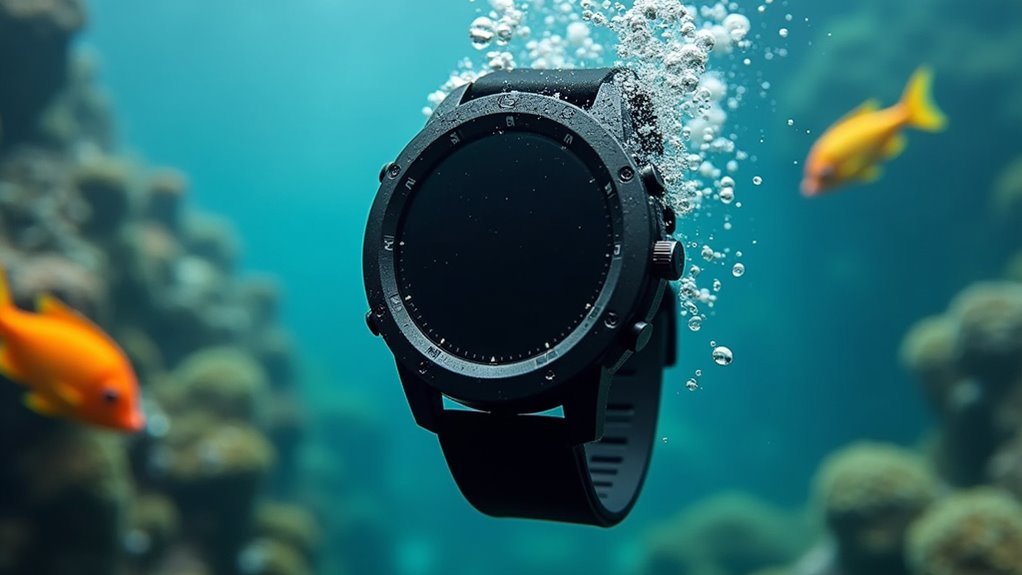
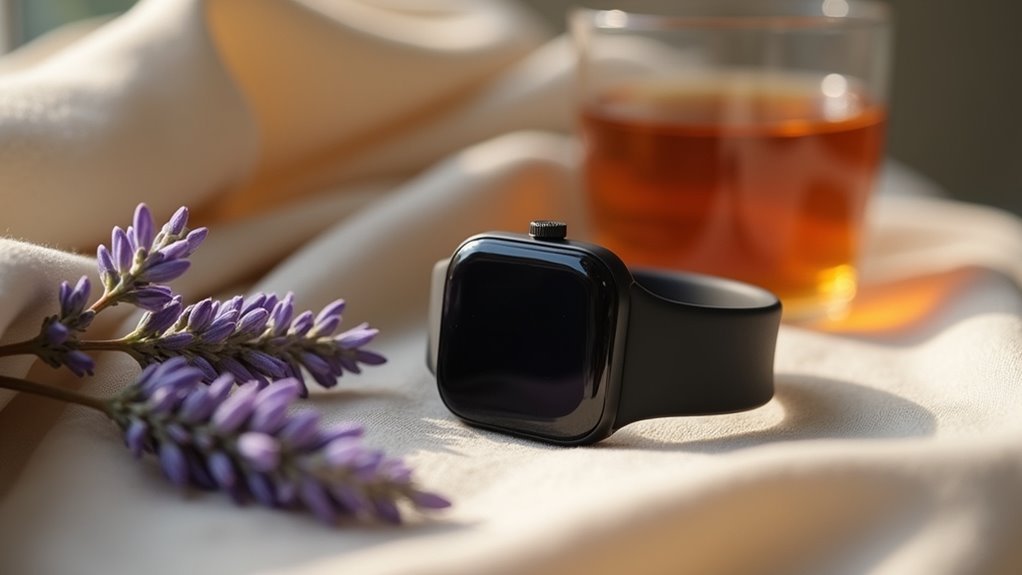
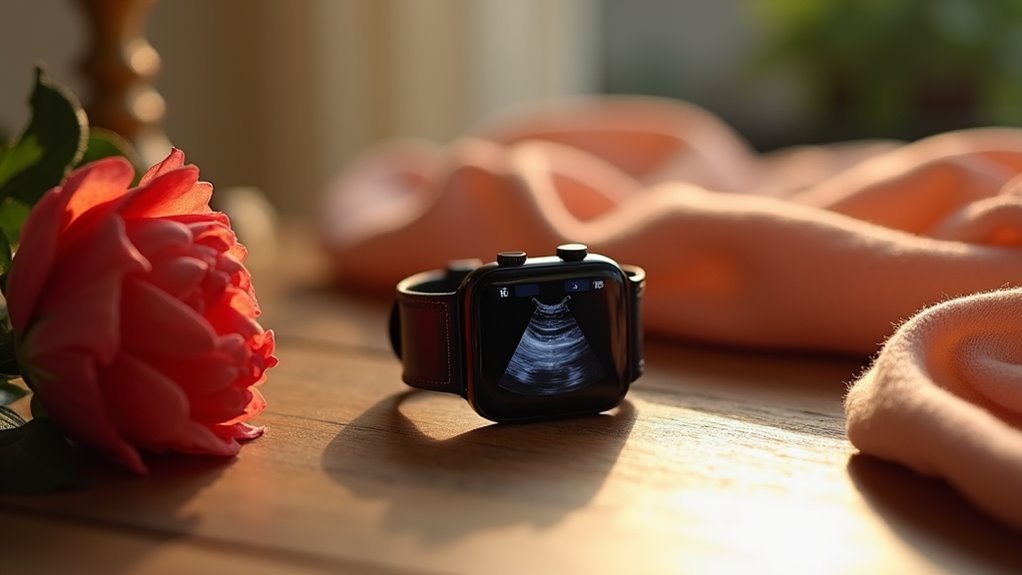
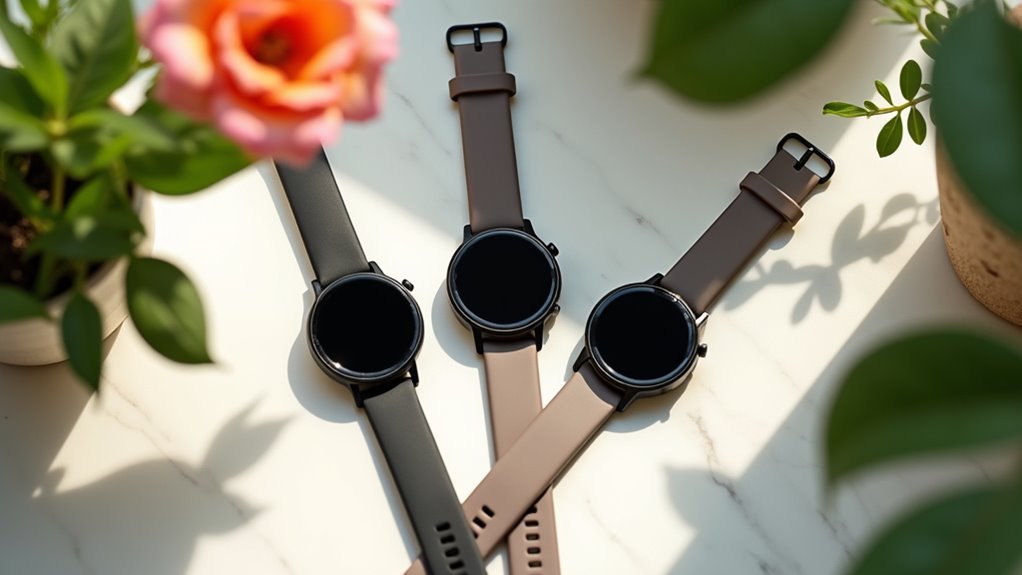
Leave a Reply